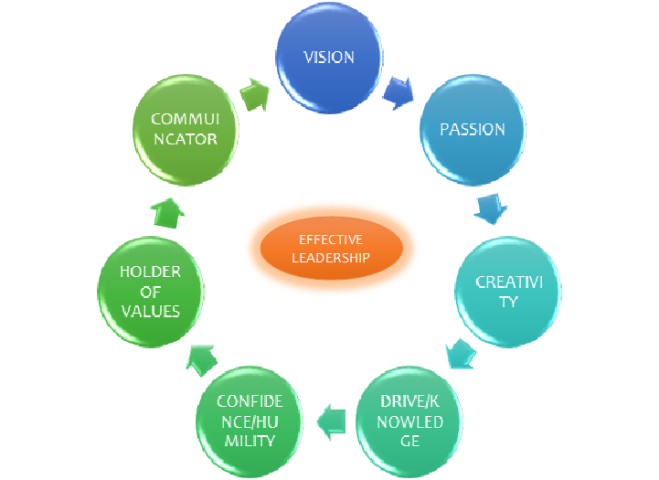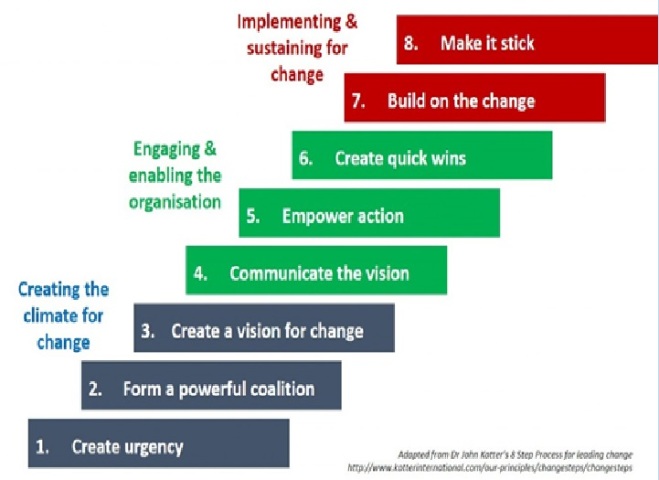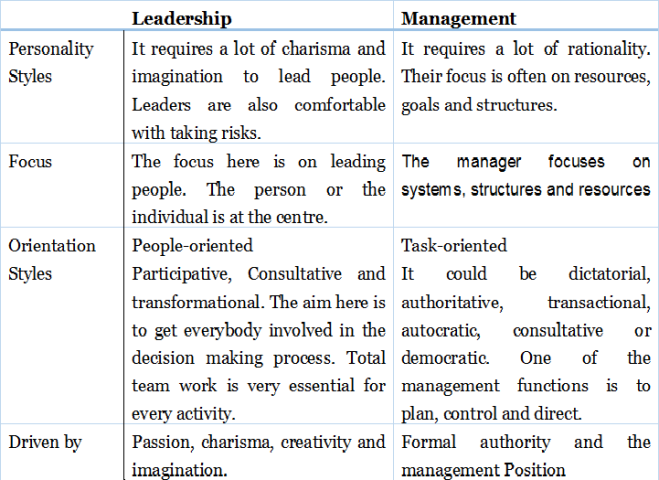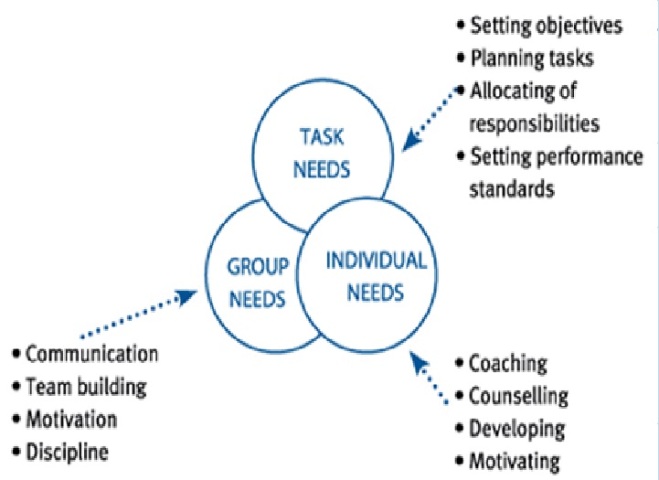My Vision of Leadership
I see leadership from a teleological perspective where I facilitate the individual and collective efforts to accomplish shared objectives (Yukl 2010:26). At the commencement of my leadership course I could not help but ask myself two questions;
– What type of leader am I?
– What type of leader would I like to become?
Throughout my course I have grown in experience and in learning. I finally found the answers to my preoccupations and understood what steps I must take to develop myself towards becoming an ideal and effective leader. Dr Friedman argues that having a leadership vision is an essential way of focusing one’s attention on what matters most (Friedman 2008). In the course of reading from varying sources, I have come across tenths of leadership styles propounded by many different writers, experts, professors and celebrated leaders themselves. The leadership styles range from the autocratic, laissez-faire, transactional, participative and even transformational styles of leadership (Johnson 2015).
Amongst previously mentioned leadership styles, I prefer the participative leadership style because of its inclusive nature. The focus of this style is putting to value the input of every team member. The various team members have their respective strengths and different capabilities. It is therefore the job of the participative leader to bring together this attractive pool of talents to constitute one single force called a team. Such a leader considers the contribution of all team members especially in the process of making decisions. This makes the employees to feel important and valued. It also increases the productivity of labour since the employees will be motivated to work. With a participative leadership style, it is also much easier to implement organisational change since there will be a limited amount of resistance to change (Johnson 2015).
There exist several models on effective leadership such as the model propounded by Dr McNamara. This model builds of seven pillars which make an effective leader.
Figure 1 Effective leadership model
What makes an effective leader (McNamara 2015)
McNamara advocates that an effective leader must have vision or a psychological picture of the new situation and ideal situation which he or she wants to bring through change. There must also be a strong passion otherwise called a driving force to bring the vision to reality and to drive the vision. The effective leader must also be creative enough to come up strategies or practical initiatives and actions to realise the vision. More so, the leader must be knowledgeable in the field of the desired change, be confident and humble enough to acknowledge that other people around may have the same idea and are able to contribute meaningfully. Classical leadership is often associated to values (Hyatt and Ciantis 2012). Just like ethical leadership holds it, an ethical leader must have a set of life-giving values. Finally, leadership will be pointless if the ideas cannot be effectively communicated to a team. An effective leader must be able to communicate his message convincingly for people to understand it and follow the idea.
A discussion on effective leadership will not be complete without a classical industry example to demonstrate effective leadership in practice. The subject under study here is no one else but Pope Francis.
He is my model of an effective leader whose vision is driven by passion backed by strong and articulated ethical values. Just a year following his election as supreme pontiff has revamped the church by effectively communicating his vision of a new catholic church. The intelligent pope has put in place set of strategies for the implementation of his vision. He has set up a committee of 8 cardinals to advise him on reforms strategies. One cannot over-emphasise the ethical value highly held by the pope. He is so humble that he washed the feet of a female Muslim prisoner and does not enjoy all the fancy papal facilities (Fortune 2014). He has been able to effectively communicate his vision as his actions have given birth to a more active church. I could not think of any better example.
Feedback from colleagues and skills development
I cannot over-emphasise the importance of feedback from my fellow colleagues. Throughout the term I have worked with my colleagues on several projects and in several capacities. They gave me very valuable feedback since they are closest to me. Some of the feedback included improvement on my presentation skills, improvement on project management skills and improvement on some communications.
Finally, as I progress through my MBA I would like to develop include, planning skills, interpersonal skills and the ability to inspire others, creativity and intuition skills. These above skills will make me a more effective leader.
References
Friedman (2008) Define your Personal Leadership Vision [online] online available from <https://hbr.org/2008/08/title> [02 April 2015]
Holden Leadership Centre (2009) leadership characteristics [online] online available from <http://leadership.uoregon.edu/resources/exercises_tips/skills/leadership_characteristics> [02 April 2015]
Hyatt, K., Ciantis, C. (2012) Values Driven Leadership [online] online available from <http://integralleadershipreview.com/7601-values-driven-leadership/> [03 April 2015]
Johnson, R. (2015) 5 Different types of leadership styles [online] online available from <http://smallbusiness.chron.com/5-different-types-leadership-styles-17584.html> [02 April 2015]
McNamara, C. (2015) What Makes for an Effective Leader [online] online available from <http://managementhelp.org/leadership/traits/leader.htm> [30 March 2015]
Ulrich, D. (2014) What is an Effective Leader? [online] online available from <http://www.amanet.org/training/articles/What-is-an-effective-leader.aspx> [04 April 2015]
Yukl, G. (2010) Leadership in Organisation. 7th edn. New Jersey: Pearson











